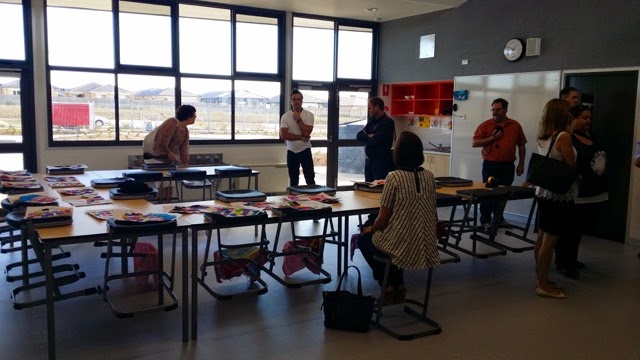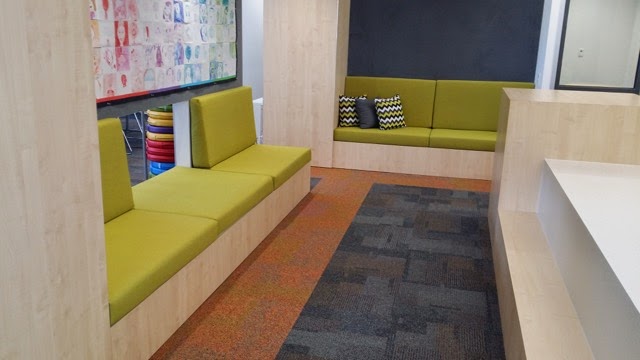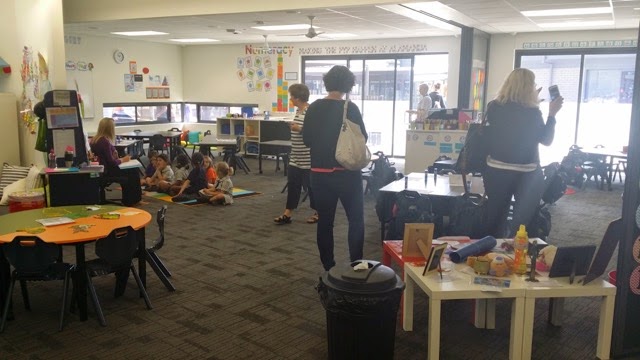Coming back from the brilliant reflective week that was the CORE Melbourne Modern Learning Environment into our own school environment was a good feeling. The journey of our team is not something that is reliant on a boom and bust cycle of outside conference influence but a genuine reflection of our collaborative approach to reflect on what, and how we 'do school' connects to our learning vision!
Our team teaching teams had already had a CRT day together looking at the structure of their pathway and workshop planning, the space and furniture they had and how all those elements were combining in the learning behaviours and events they were seeing. These in turn were reflective of the structures currently in place within those elements and gave a sense of the mindset being promoted and in turn the vision that was driving it all (Daniel Kim
levels of perspective). While it's easy to to think about the events and learning behaviours that you're seeing day to day the other elements require one to 'lift their eyes' (Brendan Spillane Consulting) and give a great place for authentic reflection.
Below is the short series of slides that we looked at together during the term break. It started off with a big picture point of discussion around what this thing called school is and how it relates to what education is meant to be (well worth a look) which we followed with Julia Atkins excellent video on '
What's the essence of the NZ Curriculum look like for you?' It's then followed by some of our school thinking and questions that came to mind while I was away in Melbourne, along with some of
Mark Osbourne's key thinking around modern learning environments. While some slides had a lot of words they were all used as discussion starters rather than as a presentation so please look at them as such. I was very mindful of the old adage that goes something like: if your slides are saying what you are then you're redundant and shouldn't be there! Listed at the end are some key blog sites of the other CORE team members -
Janelle Riki &
Jo Robson - who together with Mark and Julia made the whole Melbourne experience completely rewarding and inspiring!
Taking that day together is just part of continuing this process of keeping what we do and how we do it aligned with 'our why'. This 'lifting of the eyes' (while you're on the dance floor of everyday teaching) can only encourage reasoned and sustainable change within a teaching and learning environment if resourced well. By this I don't mean just with a teacher only or CRT shared realise (incidentally I believe that splintered CRT realise in hour or part day lots actually costs you more in the long run in terms of lost learning opportunity). We've further supported it with an interior designer who has been tasked with developing a reflective visual resource (photos) of the learning spaces in action (with notes) that helps each team of teachers see what is happening during the day and therefore give them further evidence to use when considering genuine changes that will enhance their learning vision of the learning spaces appropriate to their age and stage.
It's this differentiated development of our teaching teams that comes together to give a shared understanding of how our different learning spaces are giving life to our school wide learning vision.
An example of our current 'point in time' layout is below.































































































































